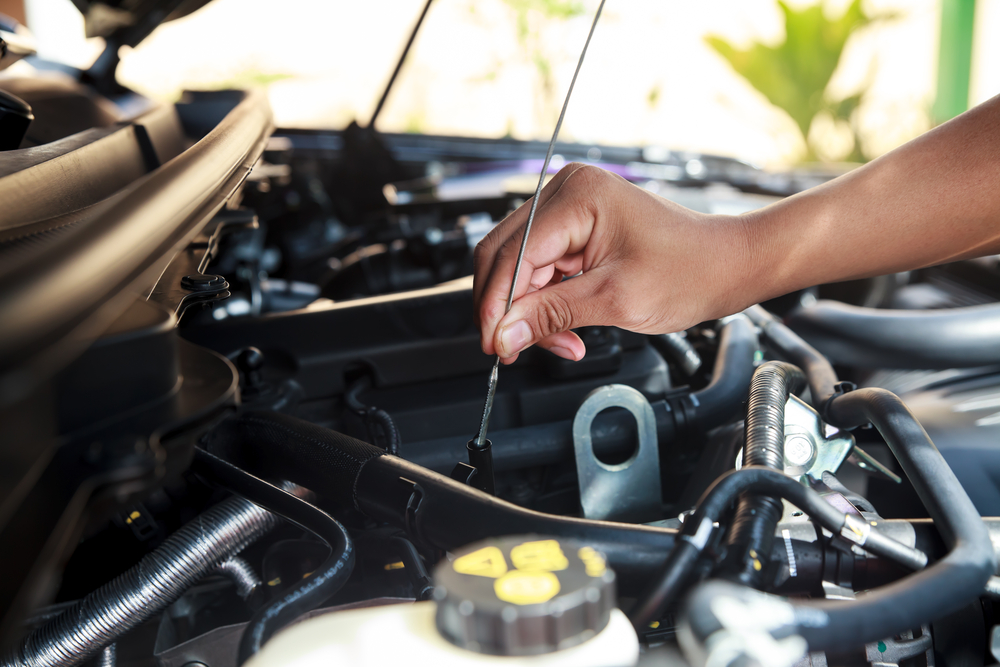All Categories
Featured
Tire rotations might not always be leading of mind for car maintenance, however they play a crucial duty in ensuring your car's durability, performance, and security. By on a regular basis revolving your tires, you can stop unequal wear, maximize your tires' life expectancy, and enhance your driving experience.
What Is Tire Turning?
Tire turning is the procedure of moving tires to different settings on your automobile to make sure also put on. Relying on your lorry's drivetrain-- front-wheel drive (FWD), rear-wheel drive (RWD), or all-wheel drive (AWD)-- the front and rear tires experience various levels of stress. Routinely rotating your tires aids disperse this wear equally.
Advantages of Regular Tire Rotations
Even Tire Wear
Tires on different axles experience various levels of stress and anxiety. Front tires on a FWD car deal with velocity, stopping, and guiding, triggering them to wear a lot more rapidly.
Turning the tires makes certain even use, enabling all 4 tires to keep similar step depth.
Boosted Handling and Safety
![]()
Unequal tread depth can lead to inequalities, reduced traction, and jeopardized handling, particularly on damp or slippery roads.
Revolved tires make sure regular performance and a safer driving experience.
Prolonged Tire Life-span
Also put on means your tires last longer, saving you money on early substitutes.
Better Gas Performance
![]()
Unevenly used tires can raise rolling resistance, requiring more energy from the engine and lowering gas economy.
Well balanced tires reduce pressure on the vehicle and improve performance.
Expense Savings
By extending the life of your tires and protecting against early substitutes, regular turnings can save you substantial costs over time.
Recommended Turning Intervals
The majority of producers suggest rotating your tires every 5,000 to 7,500 miles. A great general rule is to have your tires turned during routine maintenance visits, such as oil changes. Constantly refer to your car's proprietor guidebook for particular standards.
Usual Tire Turning Patterns
The rotation pattern relies on your car's drivetrain and tire type:
Front-Wheel Drive: Swap front tires with the rear ones, crossing them diagonally.
Rear-Wheel Drive: Move back tires to the front axle and cross them.
Four-wheel Drive: Make Use Of an "X" pattern for balanced wear.
Directional Tires: Guarantee the tires stay on the very same side to maintain their designed performance.
Signs You Need a Tire Rotation
Irregular wear patterns on the tires.
Car resonances, particularly at higher speeds.
Lowered fuel effectiveness.
Difficulty maintaining control in damaging problems.
Final Ideas
Normal tire turnings are vital for keeping your automobile's safety and efficiency. By investing time in this straightforward treatment, you'll delight in a smoother experience, improved handling, and substantial expense savings in the lengthy run. Schedule your following tire rotation with a trusted company and make it a normal component of your upkeep regimen.
What Is Tire Turning?
Tire turning is the procedure of moving tires to different settings on your automobile to make sure also put on. Relying on your lorry's drivetrain-- front-wheel drive (FWD), rear-wheel drive (RWD), or all-wheel drive (AWD)-- the front and rear tires experience various levels of stress. Routinely rotating your tires aids disperse this wear equally.
Advantages of Regular Tire Rotations
Even Tire Wear
Tires on different axles experience various levels of stress and anxiety. Front tires on a FWD car deal with velocity, stopping, and guiding, triggering them to wear a lot more rapidly.
Turning the tires makes certain even use, enabling all 4 tires to keep similar step depth.
Boosted Handling and Safety

Unequal tread depth can lead to inequalities, reduced traction, and jeopardized handling, particularly on damp or slippery roads.
Revolved tires make sure regular performance and a safer driving experience.
Prolonged Tire Life-span
Also put on means your tires last longer, saving you money on early substitutes.
Better Gas Performance

Unevenly used tires can raise rolling resistance, requiring more energy from the engine and lowering gas economy.
Well balanced tires reduce pressure on the vehicle and improve performance.
Expense Savings
By extending the life of your tires and protecting against early substitutes, regular turnings can save you substantial costs over time.
Recommended Turning Intervals
The majority of producers suggest rotating your tires every 5,000 to 7,500 miles. A great general rule is to have your tires turned during routine maintenance visits, such as oil changes. Constantly refer to your car's proprietor guidebook for particular standards.
Usual Tire Turning Patterns
The rotation pattern relies on your car's drivetrain and tire type:
Front-Wheel Drive: Swap front tires with the rear ones, crossing them diagonally.
Rear-Wheel Drive: Move back tires to the front axle and cross them.
Four-wheel Drive: Make Use Of an "X" pattern for balanced wear.
Directional Tires: Guarantee the tires stay on the very same side to maintain their designed performance.
Signs You Need a Tire Rotation
Irregular wear patterns on the tires.
Car resonances, particularly at higher speeds.
Lowered fuel effectiveness.
Difficulty maintaining control in damaging problems.
Final Ideas
Normal tire turnings are vital for keeping your automobile's safety and efficiency. By investing time in this straightforward treatment, you'll delight in a smoother experience, improved handling, and substantial expense savings in the lengthy run. Schedule your following tire rotation with a trusted company and make it a normal component of your upkeep regimen.
Latest Posts
Why Pick WyHy Quick Trac Savings Account
Published Apr 18, 25
1 min read
Washington Fencing Company Overview
Published Apr 18, 25
1 min read
Full Circle Strategic Marketing - Boost Your Marketing Efforts with Comprehensive Services
Published Apr 18, 25
2 min read